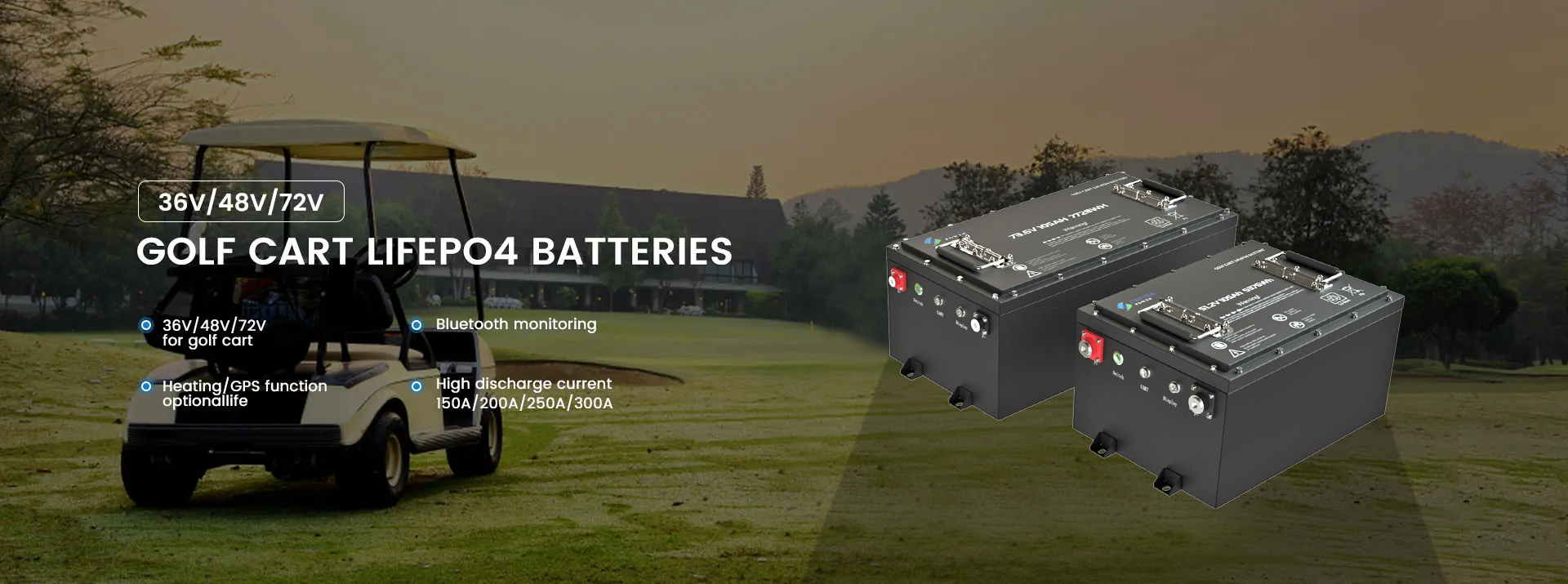
To run an RV air conditioner on batteries, you'll need to estimate based on the following:
- AC Unit Power Requirements: RV air conditioners typically require between 1,500 to 2,000 watts to operate, sometimes more depending on the unit's size. Let’s assume a 2,000-watt AC unit as an example.
- Battery Voltage and Capacity: Most RVs use 12V or 24V battery banks, and some may use 48V for efficiency. Common battery capacities are measured in amp-hours (Ah).
- Inverter Efficiency: Since the AC runs on AC (alternating current) power, you'll need an inverter to convert the DC (direct current) power from the batteries. Inverters are usually 85-90% efficient, meaning some power is lost during the conversion.
- Runtime Requirement: Determine how long you plan to run the AC. For instance, running it for 2 hours versus 8 hours significantly affects the total energy needed.
Example Calculation
Assume you want to run a 2,000W AC unit for 5 hours, and you're using 12V 100Ah LiFePO4 batteries.
- Calculate Total Watt-Hours Needed:
- 2,000 watts × 5 hours = 10,000 watt-hours (Wh)
- Account for Inverter Efficiency (assume 90% efficiency):
- 10,000 Wh / 0.9 = 11,111 Wh (rounded up for loss)
- Convert Watt-Hours to Amp-Hours (for 12V battery):
- 11,111 Wh / 12V = 926 Ah
- Determine Number of Batteries:
- With 12V 100Ah batteries, you'd need 926 Ah / 100 Ah = ~9.3 batteries.
Since batteries don't come in fractions, you'd need 10 x 12V 100Ah batteries to run a 2,000W RV AC unit for about 5 hours.
Alternative Options for Different Configurations
If you use a 24V system, you can halve the amp-hour requirements, or with a 48V system, it’s a quarter. Alternatively, using larger batteries (e.g., 200Ah) reduces the number of units needed.

Post time: Nov-05-2024





